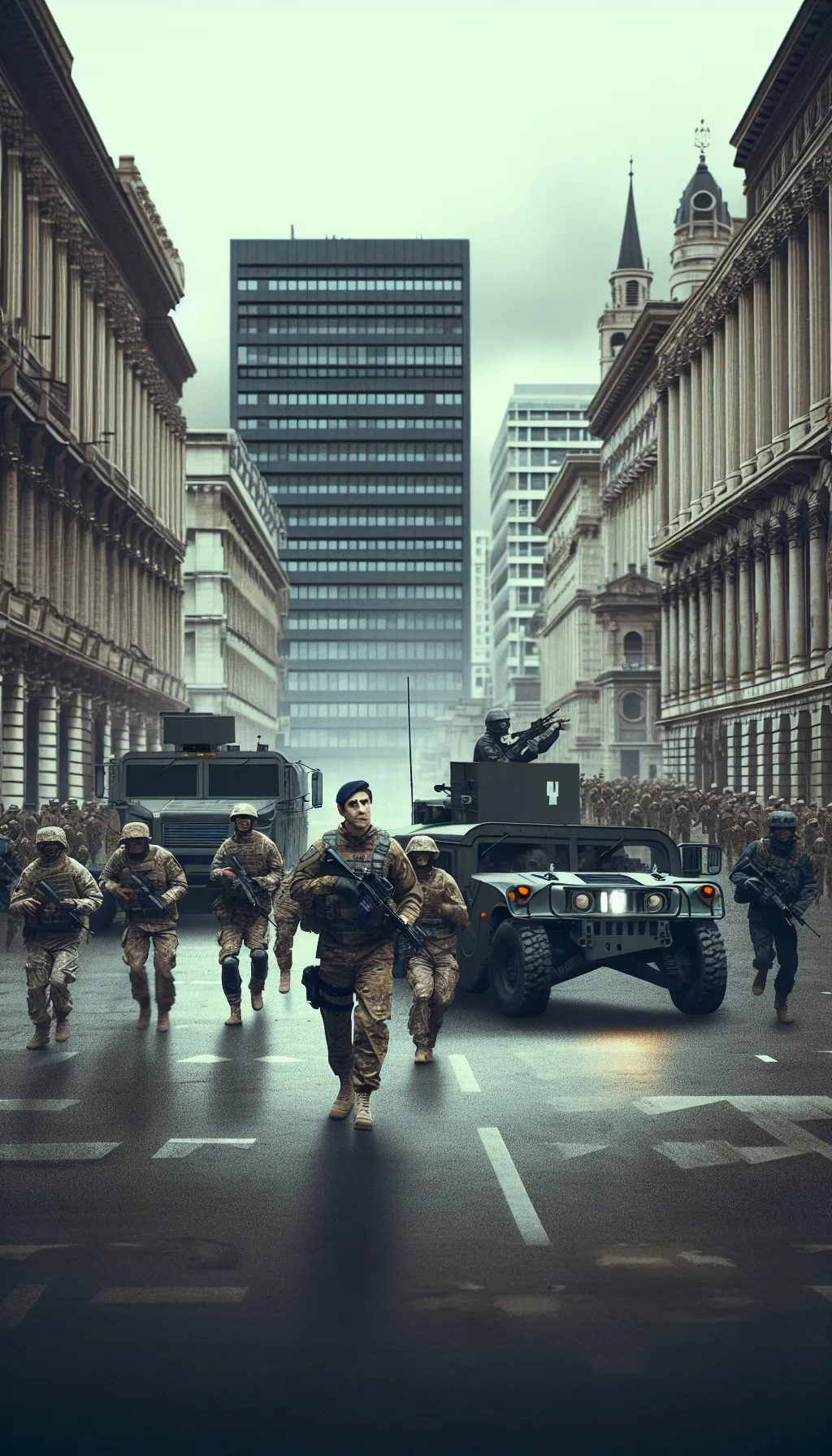Sierra Leone – The Day Sierra Leone's Fate Hung in the Balance – May 25, 1997
TLDR;
- Event: On May 25, 1997, Lieutenant Johnny Paul Koroma led a coup in Sierra Leone, overthrowing President Ahmad Tejan Kabbah and forming the AFRC junta.
- Causes: The coup was fueled by military grievances over pay and conditions, and the fragile state of the government amidst an ongoing civil war with the RUF.
- Consequences: The AFRC’s alliance with the RUF escalated violence, leading to widespread chaos, displacement, and a shattered peace process.
- Resolution: International intervention by ECOMOG forces restored Kabbah’s government in 1998, paving the way for long-term peace efforts like the Lomé Accord and UNAMSIL.
–
Story
The air was thick with tension in Freetown on May 25, 1997. The streets, usually bustling with life, were eerily silent, save for the distant rumble of military vehicles. In a swift and decisive move, Lieutenant Johnny Paul Koroma and his band of soldiers seized control of the government, toppling President Ahmad Tejan Kabbah. The coup was not just a change of power; it was a seismic shift that plunged Sierra Leone into chaos.

For years, Sierra Leone had been a nation on the brink. The civil war, fueled by the brutal Revolutionary United Front (RUF), had already left deep scars. President Kabbah’s government, though democratically elected, was fragile and faced deep divisions, including dissatisfaction within the military. The coup, orchestrated by the Armed Forces Revolutionary Council (AFRC) under Koroma, was a reaction to grievances over pay, conditions, and perceived marginalization of the military, amidst the turmoil.
The consolidation of power came after the initial coup when Koroma invited the RUF to join the new government. This alliance between the military and the rebels was a pragmatic move to legitimize the junta, but it worsened the violence. The streets of Freetown became a battleground, as looting and violence erupted over the following days and weeks. The hopes for peace and stability seemed to vanish overnight.
The coup’s aftermath was devastating. Thousands were displaced, and the fragile peace process was shattered. It would take less than a year of international intervention, with Kabbah’s government restored in March 1998 after ECOMOG forces ousted the AFRC-RUF, to bring back democracy. The long-term peace process, including the Lomé Accord and UNAMSIL, came later. The scars of that day remain etched in the memories of those who lived through it.
The coup of May 25, 1997, was more than a political upheaval; it was a moment that defined a nation’s struggle for peace and identity.
–
| Would a different approach by the international community have changed Sierra Leone’s fate? |